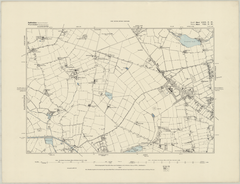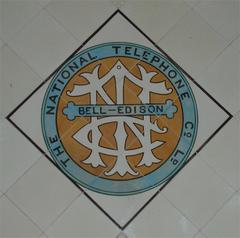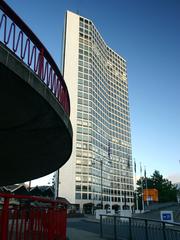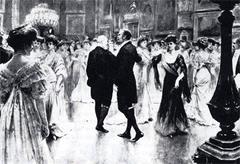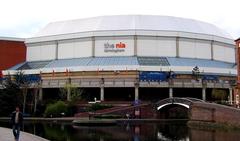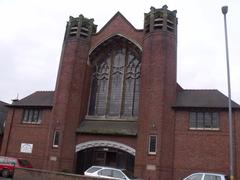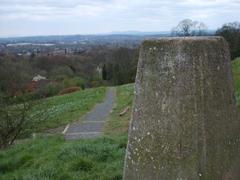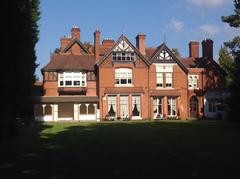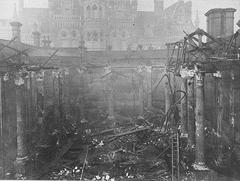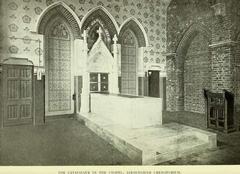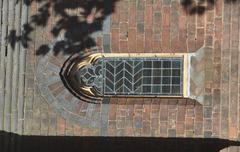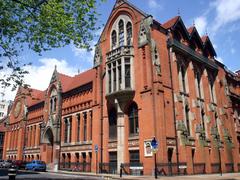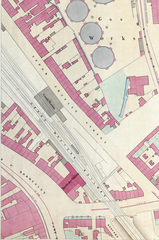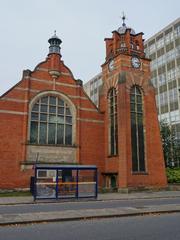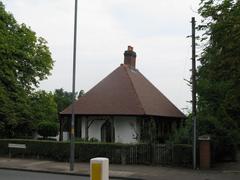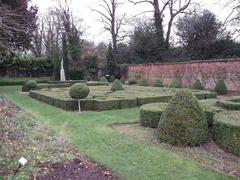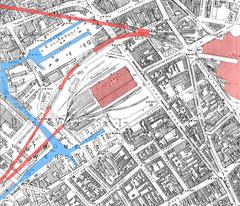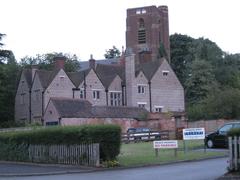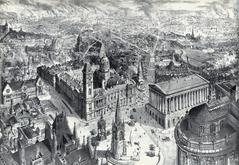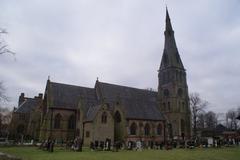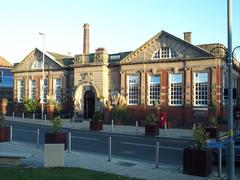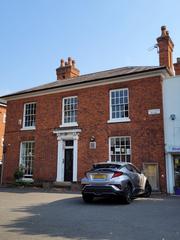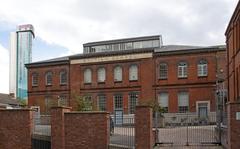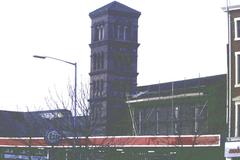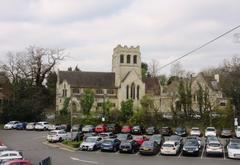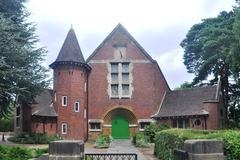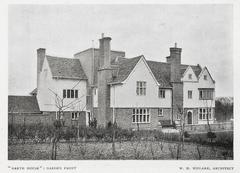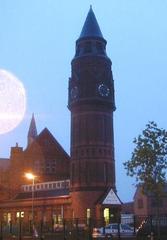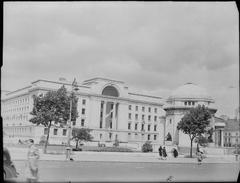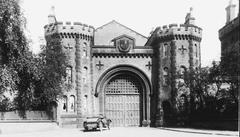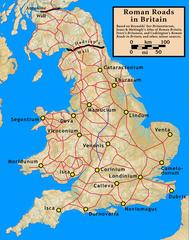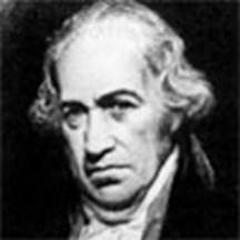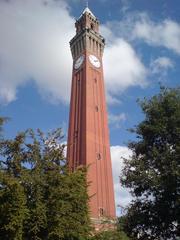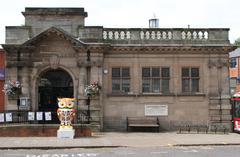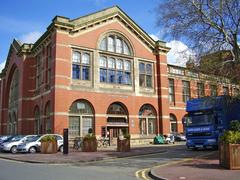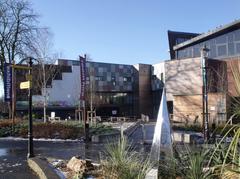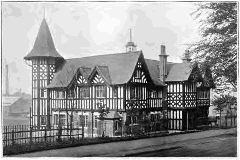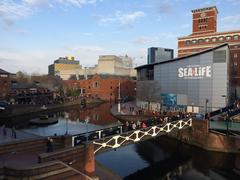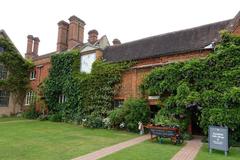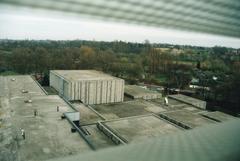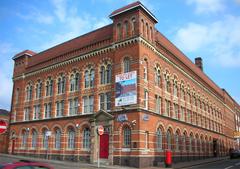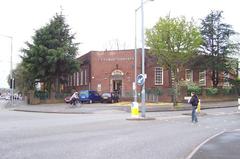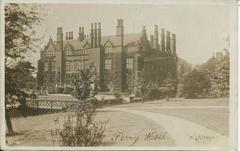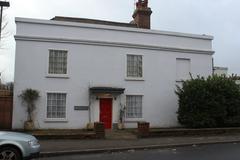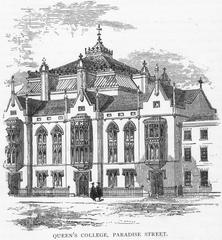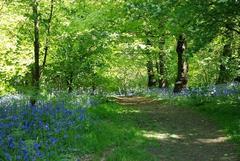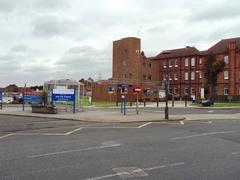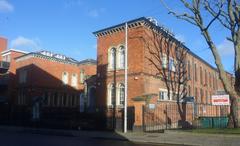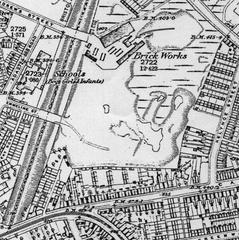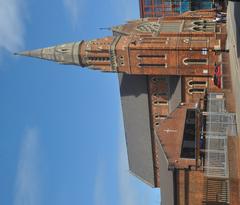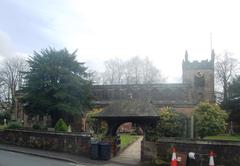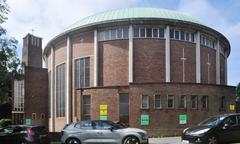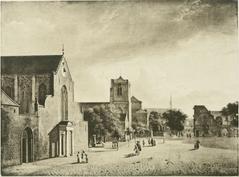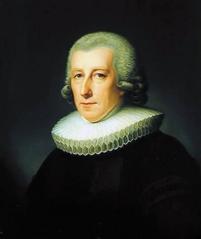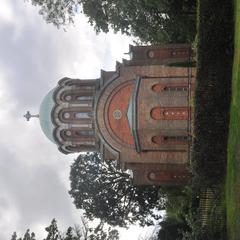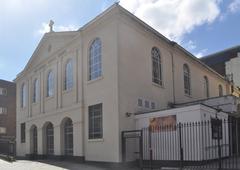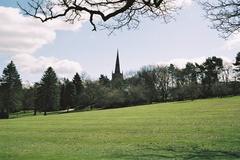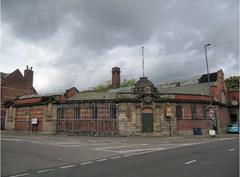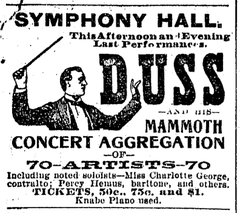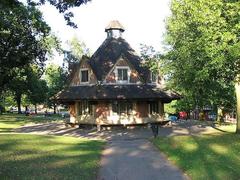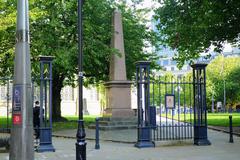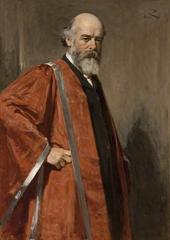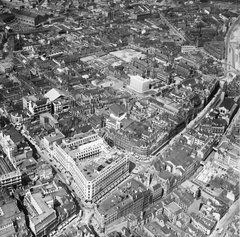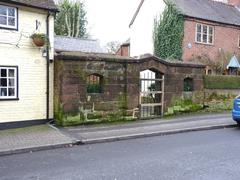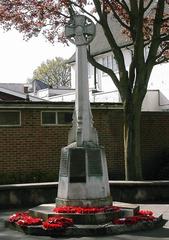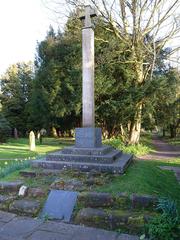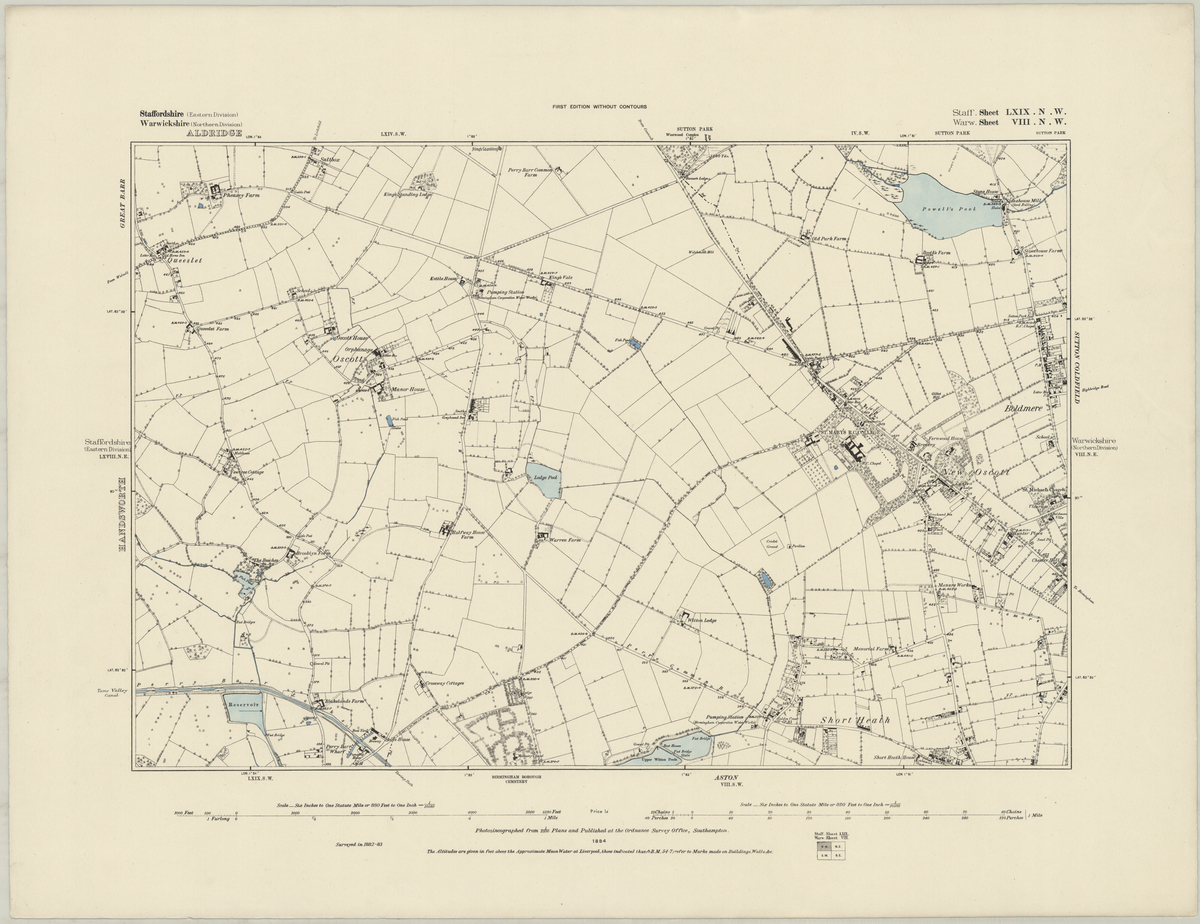
Jamboree Stone Visiting Hours, Tickets, and Historical Sites in Birmingham
Date: 17/07/2024
Introduction
The Jamboree Stone in Birmingham, United Kingdom, stands as a monumental tribute to the global Scouting movement, symbolizing decades of international camaraderie and youth leadership. Erected in 1957 within Sutton Park, one of Europe’s largest urban parks, this historical landmark commemorates the 50th anniversary of Scouting and the site of the 1957 World Scout Jamboree. This event was one of the largest international gatherings of Scouts, drawing over 30,000 participants from 85 countries (Birmingham City Council). The Jamboree Stone is not only a marker of historical significance but also an emblem of global unity, peace, and the enduring values of the Scouting movement, founded by Robert Baden-Powell in 1907 (Scouts UK).
This comprehensive guide delves into the rich history, architectural significance, and cultural impact of the Jamboree Stone. It also provides practical information for visitors, including operating hours, ticketing details, and travel tips. Whether you’re a history enthusiast, a Scouting member, or someone looking to explore Birmingham’s cultural landmarks, this guide offers valuable insights to enhance your visit.
Table of Contents
- Introduction
- History of Jamboree Stone
- Design and Symbolism
- The Role of Birmingham in Scouting History
- Visitor Information
- Commemorative Events and Activities
- Preservation and Maintenance
- Educational Significance
- Cultural Impact
- Future Prospects
- Conclusion
- FAQ
History of Jamboree Stone
Origins and Early History
The Jamboree Stone was erected in 1957 to celebrate the 50th anniversary of the Scouting movement, founded by Robert Baden-Powell in 1907. The stone is located in Sutton Park, Birmingham, the site of the 1957 World Scout Jamboree, which brought together over 30,000 scouts from 85 countries.
The 1957 World Scout Jamboree
Held at Sutton Park, the 1957 World Scout Jamboree was the 9th such event and a monumental gathering that celebrated international friendship and Scouting values. Activities included camping, cultural exchanges, and skill demonstrations. The Jamboree Stone was unveiled during this event as a tribute to the unity fostered by Scouting.
Design and Symbolism
The Jamboree Stone is a simple yet significant monument. It features an inscription that reads - “This stone marks the site of the 9th World Scout Jamboree held in Sutton Park, Birmingham, 1957.” The stone’s design reflects the values of Scouting—simplicity, durability, and a connection to nature.
The Role of Birmingham in Scouting History
Birmingham’s central location and extensive parklands made it an ideal venue for the 1957 World Scout Jamboree. Sutton Park, one of the largest urban parks in Europe, provided the perfect setting for this large-scale event.
Visitor Information
Jamboree Stone Visiting Hours and Tickets
- Opening Hours - Sutton Park is open daily from dawn till dusk.
- Tickets - Entry to Sutton Park and the Jamboree Stone is free of charge.
- Accessibility - The park is wheelchair accessible, and there are pathways leading to the Jamboree Stone.
Travel Tips
- How to Get There - Sutton Park is easily accessible by public transport and car. There are parking facilities available at various entrances to the park.
- Nearby Attractions - While visiting, you can also explore other historical sites in Birmingham, such as the Birmingham Museum and Art Gallery and Aston Hall.
Commemorative Events and Activities
Each year, the Jamboree Stone is the focal point of numerous commemorative events. Local scout groups and international visitors gather to celebrate the anniversary of the 1957 World Scout Jamboree through ceremonies, re-enactments, and educational programs.
Preservation and Maintenance
Maintained by the Birmingham City Council in collaboration with local scouting organizations, the Jamboree Stone is regularly cleaned and landscaped. Informational plaques provide historical context for visitors.
Educational Significance
The Jamboree Stone serves as an educational tool, offering guided tours and educational programs that emphasize Scouting values such as leadership, community service, and international friendship.
Cultural Impact
The Jamboree Stone is a symbol of Birmingham’s rich history and its role in hosting significant international events. It attracts visitors from around the world and contributes to the city’s cultural tourism.
Future Prospects
Future plans include enhancing the visitor experience with digital resources like augmented reality tours and interactive exhibits. Ongoing collaborations will ensure that the Jamboree Stone remains a relevant landmark for years to come.
Conclusion
The Jamboree Stone in Birmingham is a monument of great historical and cultural importance. It commemorates the 1957 World Scout Jamboree and serves as a symbol of the Scouting movement’s enduring legacy. Visitors are encouraged to explore this landmark and reflect on the values it represents.
FAQ
- What are the visiting hours for the Jamboree Stone? Sutton Park is open daily from dawn till dusk.
- Do I need tickets to visit the Jamboree Stone? No, entry to Sutton Park and the Jamboree Stone is free.
- Is the Jamboree Stone accessible? Yes, the park is wheelchair accessible.
- What other attractions are nearby? Nearby attractions include the Birmingham Museum and Art Gallery and Aston Hall.
For more updates, follow our social media channels or download our mobile app.
